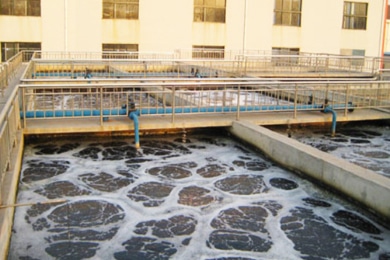
An aeration tank is a biochemical reactor used in wastewater treatment that employs the activated sludge method to stabilize wastewater. It is designed with a tank body, aeration system, and inlet and outlet, allowing air or oxygen to be pumped in, typically through fine bubble diffusers at the bottom. This process promotes microbial growth, enabling aerobic microorganisms to feed on organic matter, forming flocs that settle out to produce clean water. Additionally, aeration tanks facilitate the removal of soluble contaminants, toxic chemicals, and harmful pathogens, while enabling monitoring of important parameters such as pH, dissolved oxygen, ammonia, phosphorus, nitrogen levels, and BOD (Biochemical Oxygen Demand)[1][2][3]. They also play a critical role in reducing BOD and supporting nitrification and denitrification cycles in wastewater treatment processes[3].
Get more accurate answers with Super Pandi, upload files, personalized discovery feed, save searches and contribute to the PandiPedia.
Let's look at alternatives:
- Modify the query.
- Start a new thread.
- Remove sources (if manually added).